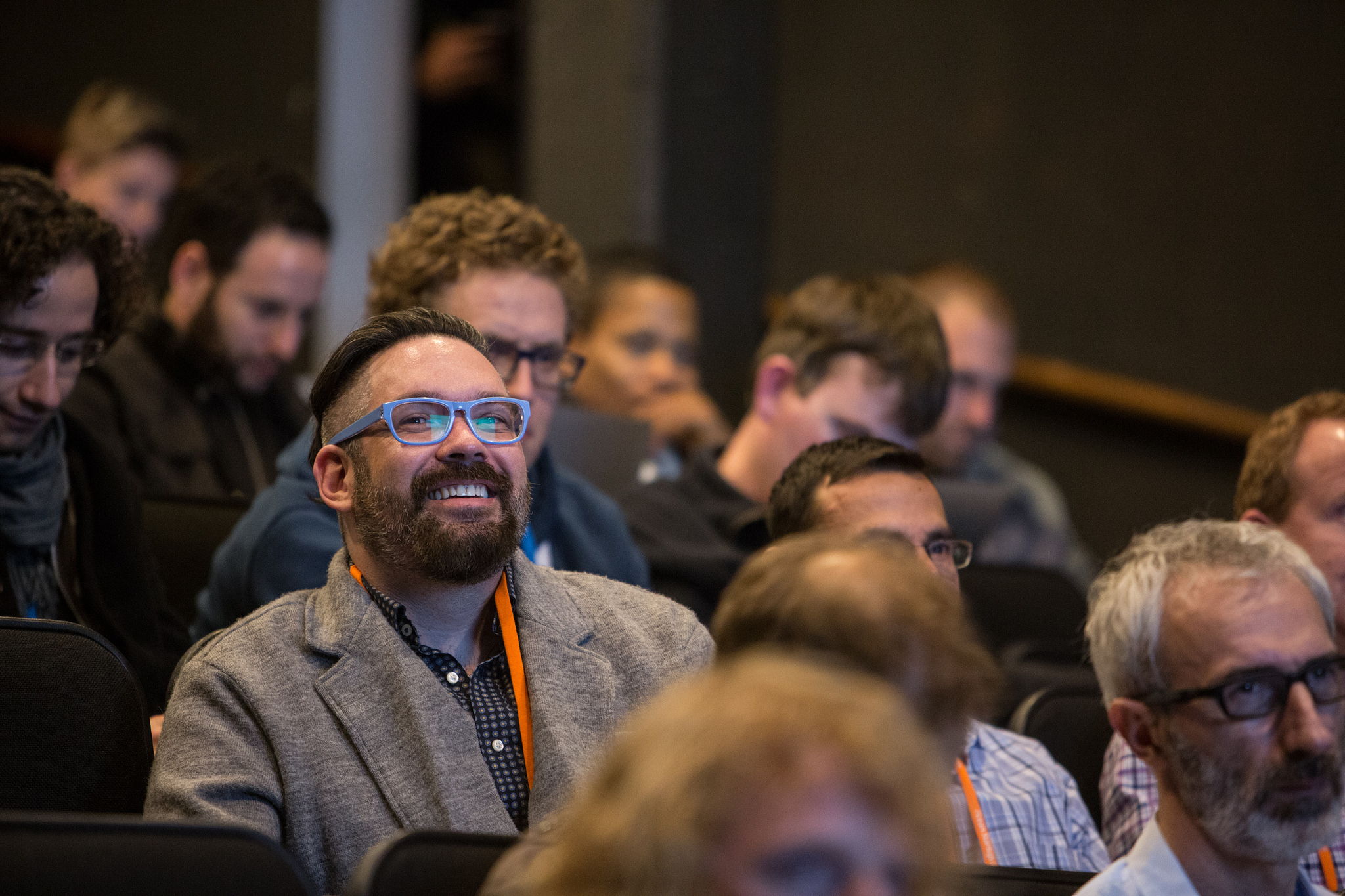Developing Your Vision with Lean Startup

As an early engineer at the well-known financial management tool, Mint.com, Poornima Vijayashanker learned about building products and starting companies the hard way: by doing it herself.
She’d always been a fan of the Lean Startup methodology, but she found that the more she worked, the more practical, how-to information she craved. She documented what she was learning as she went along on her blog and education platform, Femgineer. She also shared her methodology at the Lean Startup Conference 2015.
In her workshop, Poornima addressed two of the most important issues that people tend to face when they’re starting companies: 1) Developing ideas, and 2) Recruiting technical talent. Although they may seem like very different phases of the process, they are inextricably linked. Before you can recruit the right people, you need a clearly validated and expressed idea. That helps you shape the vision you’ll pitch to technical talent when the time comes.
Talking about and testing your idea
Although developing the idea might seem like the easy part, there’s a lot more work involved than just a quick stroke of genius. In fact, founders often have an idea about a product they want to build but they haven’t correctly identified the problem they think they have. Even when pitching to friends and family, these four questions will be critical in clarifying the essence of your product:
- Who is it for?
- What is the problem?
- What is the solution?
- What is the benefit of the solution?
If you can answer these questions, you’ll not only have an easier time explaining your project to friends and loved ones, but you’ll have a clear path forward to validating your idea to customers. And if you can’t, you probably need to rethink the product you’re building. These questions are not only important when it comes to developing product features, but also for determining if you have the right product in the first place.
Poornima talked about one client who decided that she wanted to make software that would help doctors with patient retention. This woman noticed that many doctors had patients who visited once, but didn’t come back for recurring appointments. But following the Lean Startup methodology, when she went to validate her product with actual doctors, she discovered she wasn’t solving the problem they found most pressing.
Doctors turned out to be much more concerned with the logistics of getting paid by the patients who had visited them (whether one time, or many.) In short: Billing. The founder revised her plan based on meeting the actual needs of her potential customer base.
With this renewed focus, she could revise her answers to those important four questions, and also start building on a compelling vision.
Recruiting Technical Talent
That clearly defined vision is actually more critical than most founders think when it comes to recruiting technical talent. Many founders imagine that the first thing they need to do is get a technical co-founder. In reality, there’s a right time to recruit, and it’s later than most people think; initial customer validation is key when it comes to finding the right people to bring your idea to life.
Poornima explained that technical folks really want to see what they built exist in the world. If you haven’t validated your idea, initial concepts, and maybe even a prototype, they’re likely to spend a lot of time working on features that will never see the light of day. Her big message was:
Don’t recruit early. First, figure out if you’re committed.
This doesn’t mean that engineers need to be told how to build your product. But they do need an idea of where they’re going, in order to develop an intuition around the products they are building.
Your job as founder is to convey your vision. The important distinction Poornima made is that you don’t want to sell them on your product. You want them to buy into the experience, and how your product/company will make an impact in the real world.
Using Lean Startup to Build Your Vision
Ongoing customer validation is the best way to ensure that your vision is one that continues to inspire employees, customers, and advocates alike. Poornima said she still spends hours a day, even as CEO of the education platform Femgineer, listening to what her customers have to say. She continues to make discoveries about the needs of her audience, and is able to use that feedback to iterate her offering and grow her audience.
At Lean Startup Co., we’re continuously learning about our customers’ needs and challenges too. What are you looking to learn in 2016? How can we support you? We’re brewing up some exciting new programs this year, but we need your help with validating our ideas. Can we take a half hour of your time for some feedback on future ideas? Sign-up for a friendly customer development call with us here.
